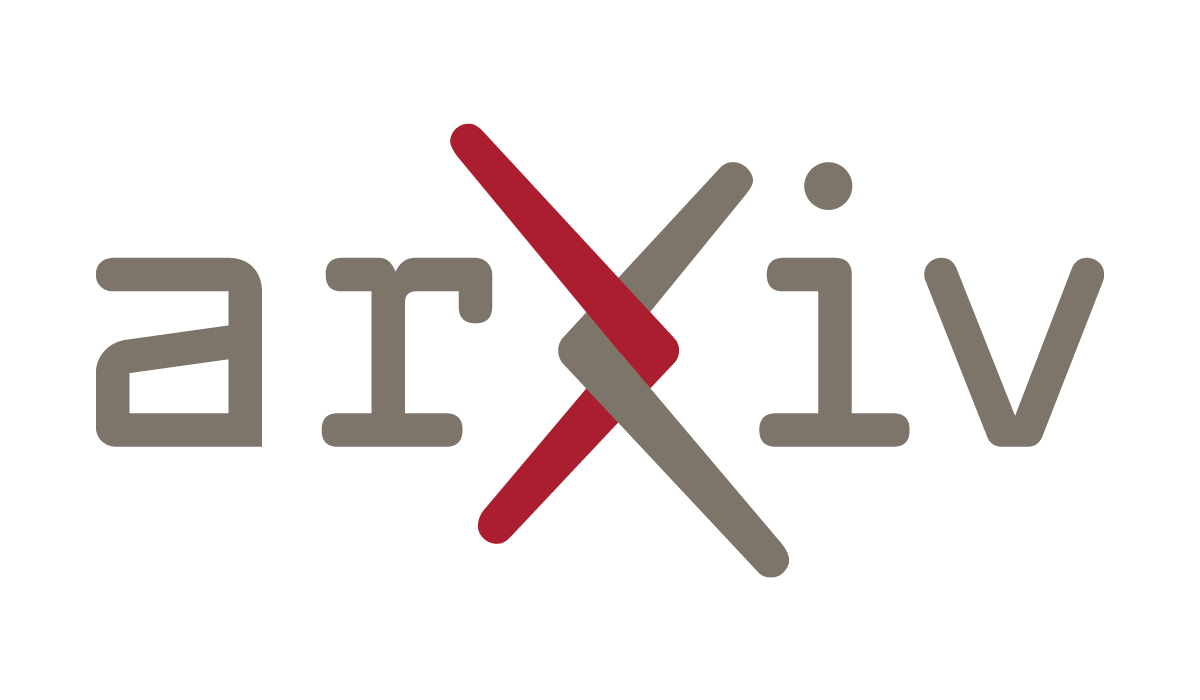Separating Pseudorandom Generators from Logarithmic Pseudorandom States
arXiv:2510.20131v1 Announce Type: new Abstract: Pseudorandom generators (PRGs) are a foundational primitive in classical cryptography, underpinning a wide range of constructions. In the quantum setting, pseudorandom quantum states (PRSs) were proposed as a potentially weaker assumption that might serve as a substitute for PRGs in cryptographic applications. Two primary size regimes of PRSs have been studied: logarithmic-size and linear-size. Interestingly, logarithmic PRSs have led to powerful...


